Which of the following speed - time (υ−t) graph is physically not possible ?
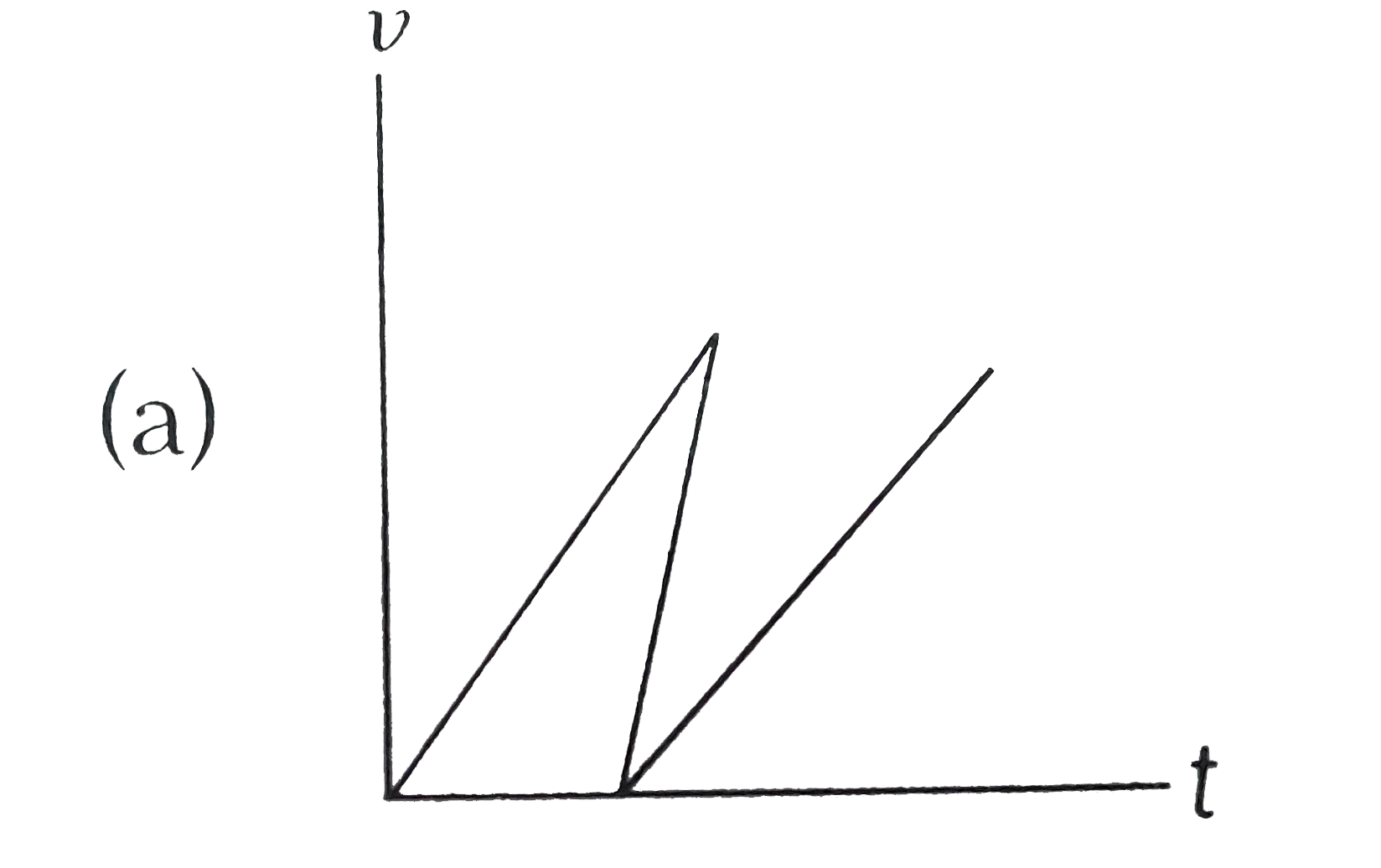
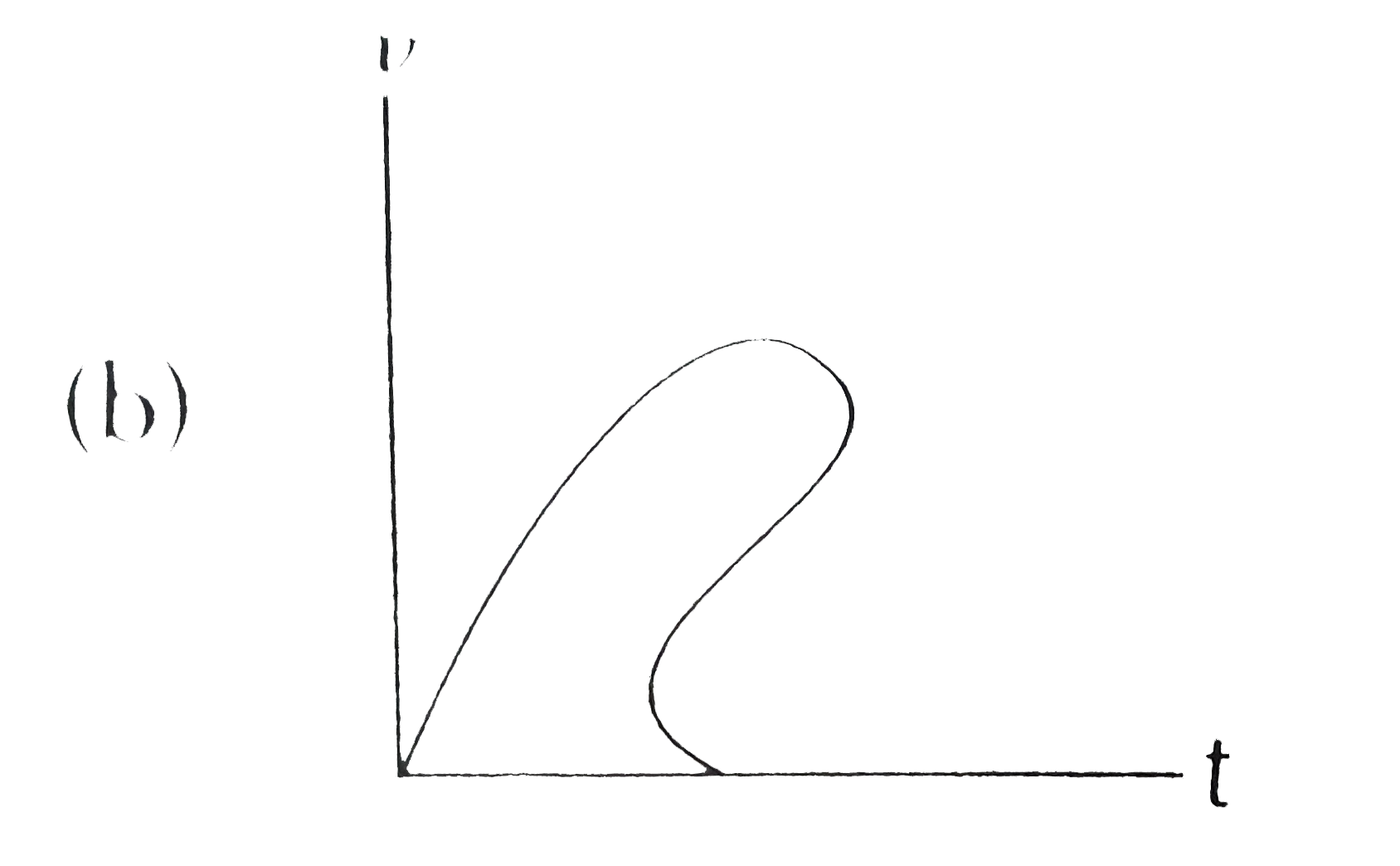
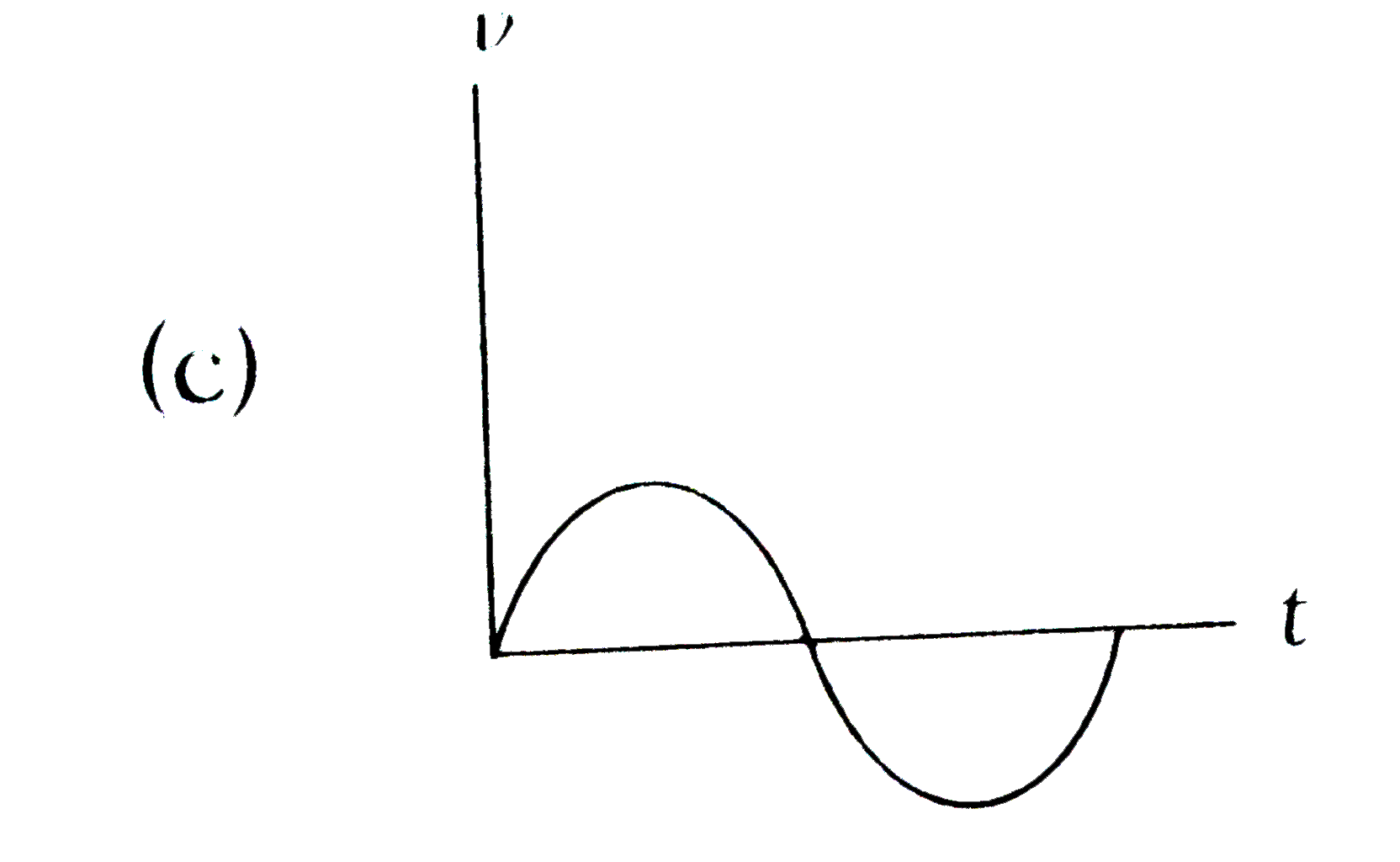
All of these
The correct Answer is:D
To determine which of the given speed-time graphs is physically not possible, we will analyze each option based on the properties of speed and the characteristics of speed-time graphs.
1. Understanding Speed-Time Graphs:
- A speed-time graph represents the relationship between speed (the magnitude of velocity) and time.
- Speed is always a non-negative quantity; it cannot be negative.
2. Analyzing Option A:
- In the graph for Option A, if we draw a vertical line at a specific time, we observe that there are two different speeds corresponding to the same time.
- This implies that the speed is not uniquely defined for that instant, which is not physically possible.
- Conclusion: Option A is not possible.
3. Analyzing Option B:
- Similar to Option A, in the graph for Option B, drawing a vertical line at a specific time also shows two different speeds for that same time.
- Again, this means the speed is not uniquely defined, which is also not physically possible.
- Conclusion: Option B is not possible.
4. Analyzing Option C:
- In the graph for Option C, we notice that the speed is represented as a negative value.
- Since speed cannot be negative, this representation is not physically possible.
- Conclusion: Option C is not possible.
5. Final Conclusion:
- Since all three options (A, B, and C) are not possible based on the analysis, the answer is that all of them are physically not possible.
- Therefore, the correct answer is Option D: All of the above are not possible.
- A speed-time graph represents the relationship between speed (the magnitude of velocity) and time.
- Speed is always a non-negative quantity; it cannot be negative.
- In the graph for Option A, if we draw a vertical line at a specific time, we observe that there are two different speeds corresponding to the same time.
- This implies that the speed is not uniquely defined for that instant, which is not physically possible.
- Conclusion: Option A is not possible.
- Similar to Option A, in the graph for Option B, drawing a vertical line at a specific time also shows two different speeds for that same time.
- Again, this means the speed is not uniquely defined, which is also not physically possible.
- Conclusion: Option B is not possible.
- In the graph for Option C, we notice that the speed is represented as a negative value.
- Since speed cannot be negative, this representation is not physically possible.
- Conclusion: Option C is not possible.
- Since all three options (A, B, and C) are not possible based on the analysis, the answer is that all of them are physically not possible.
- Therefore, the correct answer is Option D: All of the above are not possible.
Topper's Solved these Questions
- BOOK - DC PANDEYCHAPTER - MOTION IN A PLANEEXERCISE - (B) Meical entrance special format questions (Assertion and reason)19videos
MOTION IN A PLANE
- BOOK - DC PANDEYCHAPTER - MOTION IN A PLANEEXERCISE - (B) Meical entrance special format questions (Mathch the columns)6videos
MOTION IN A PLANE
- BOOK - DC PANDEYCHAPTER - MOTION IN A PLANEEXERCISE - Check point 3.715videos
MOTION IN A PLANE
- BOOK - DC PANDEYCHAPTER - MOTIONEXERCISE - Medical entrances gallery19videos
MOTION
- BOOK - DC PANDEYCHAPTER - PROJECTILE MOTIONEXERCISE - Level - 2 Subjective10videos
PROJECTILE MOTION
Similar Questions
Knowledge Check
- Question 1 - Select One
Which of the following speed - time (v - t) graphs is physically not possible?
A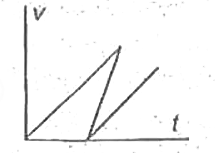 B
B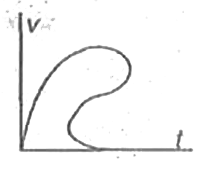 C
C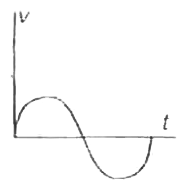 DAll of these
DAll of these - Question 2 - Select One
Which of the following cannot be speed (v) - time (t) graph?
A B
B C
C D
D
- Question 3 - Select One or More
Which of the following speed-time graphs is not possible:
A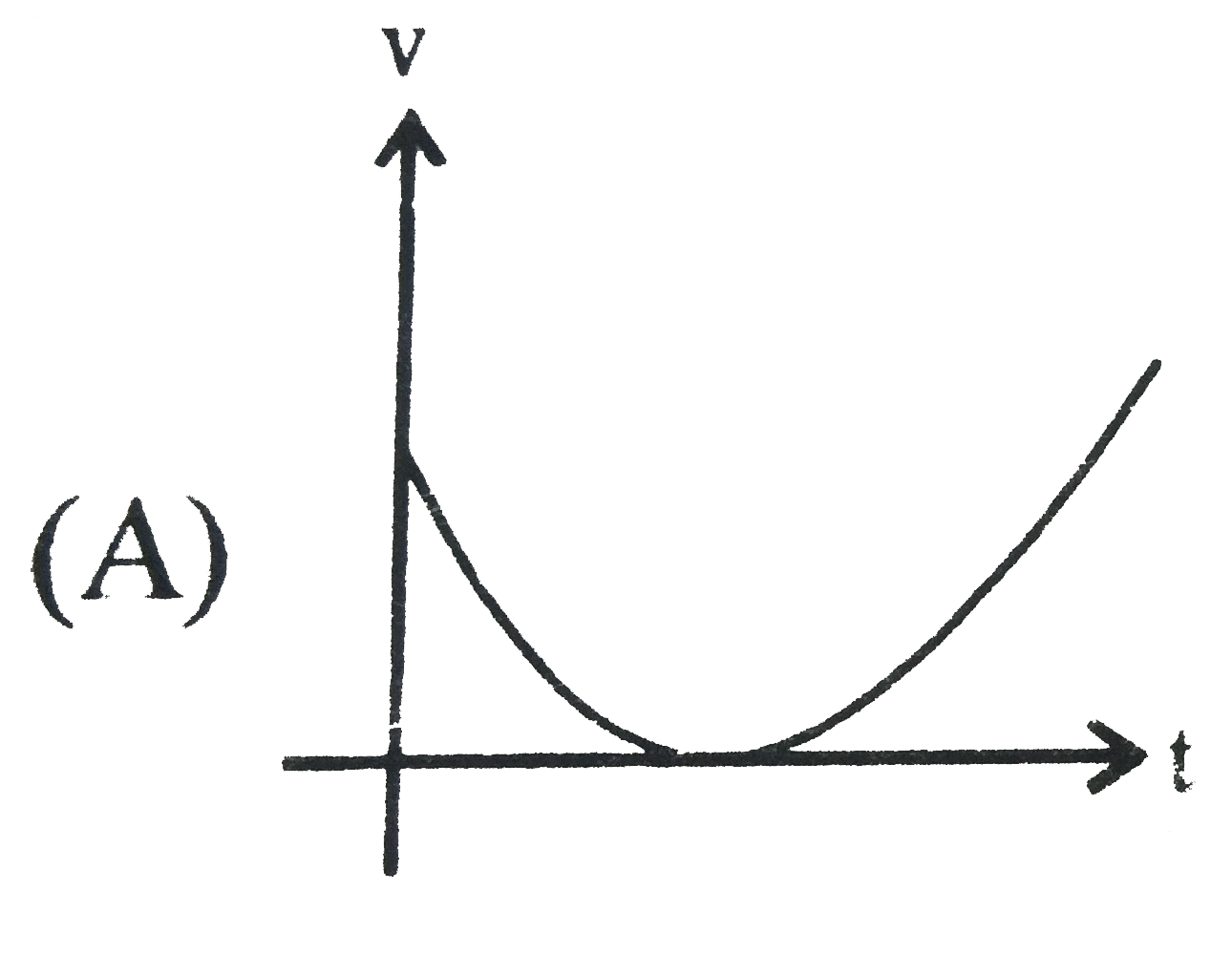 B
B C
C D
D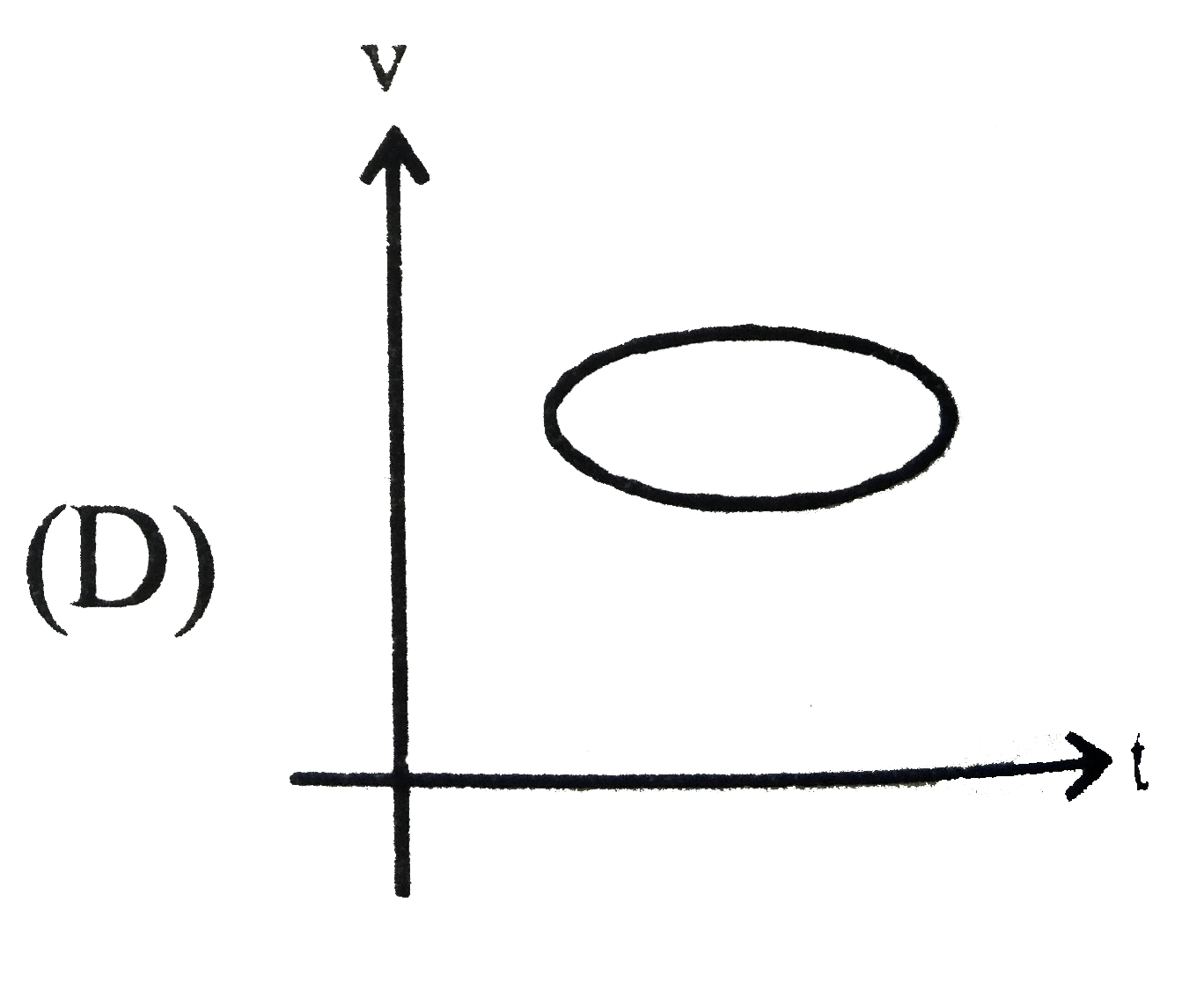
Which of the following displacement (X) time graphs is not possible?
View SolutionWhich of the following distance-time graphs is not possible?
View SolutionWhich of the following distance time graphs is possible ?
View SolutionWhich of the following velocity-time graph is not possible?
View SolutionWhich of the following time-displacement graphs is not possible in nature?
View Solution

